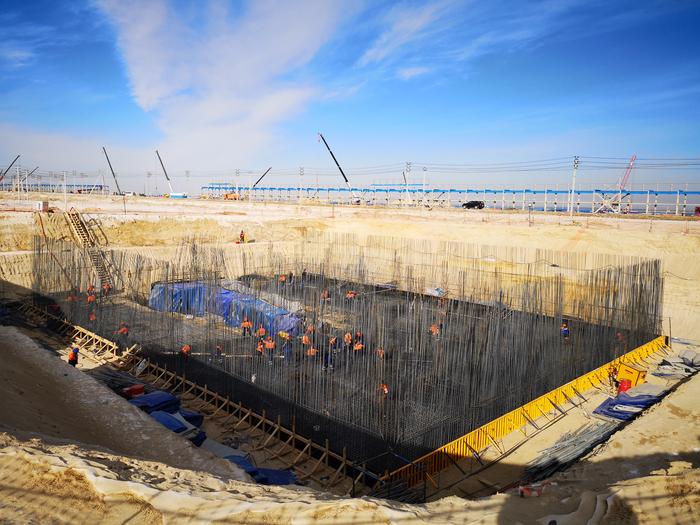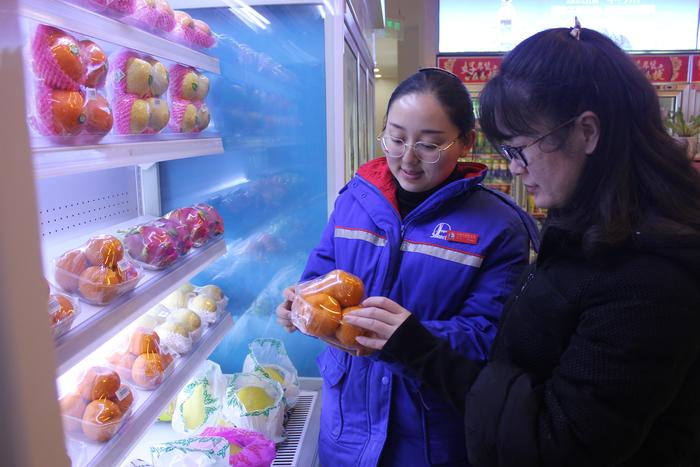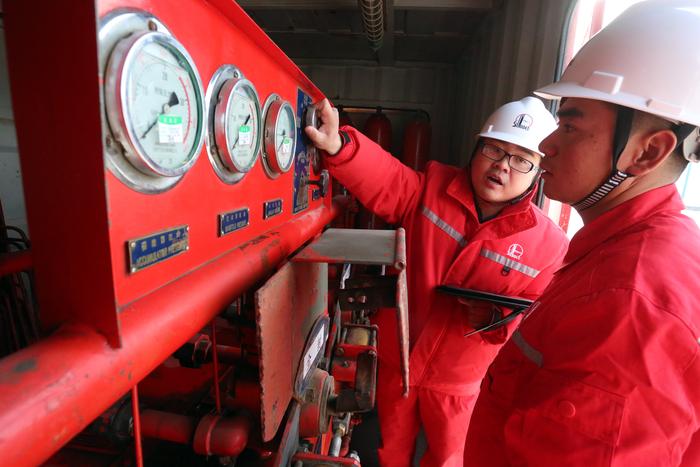|
| 2019-02-18 来源: 中国石化新闻网 |
| 石化新闻 |
|
中国石化新闻网讯 据世界天然气网站2月15日报道,英国能源巨头BP预计,随着液化天然气产量的扩大,全球一体化的天然气市场将更具竞争力。 英国石油公司在其《能源展望》中指出,随着集中力量塑造全球能源过渡到2040年,到目标时期,液化天然气贸易将翻一番,从2017年的约4000亿立方米增至近9000亿立方米。 液化天然气出口的增长主要来自北美,其次是中东,非洲和俄罗斯。随着液化天然气市场的成熟,美国和卡塔尔将成为液化天然气出口的主要中心,到2040年约占所有液化天然气出口的40%。 亚洲仍然是液化天然气进口的主要市场,尽管预计亚洲内部的进口模式将发生变化,中国,印度和其他亚洲将超过日本和韩国更为成熟的市场,到2040年将占所有液化天然气进口量的约一半。 欧洲仍将是一个关键市场,既是液化天然气供应的“平衡市场”,也是液化天然气和管道天然气之间-气体竞争的关键枢纽。 英国石油公司在其展望中表示,液化天然气产量增长的确切情况将取决于为大规模扩张提供资金所需的新投资的时机和可用性。 液化天然气投资的周期性意味着液化天然气市场的发展可能会继续与波动期相关联。 然而,供应的多样性将导致液化天然气和管道天然气之间的竞争更加激烈。 在英国石油公司的ET情景中,欧洲天然气产量下降了40%,导致欧洲的进口依存度在2040年增加到四分之三左右。 欧洲现有的基础设施意味着它有能力大幅增加液化天然气或管道天然气的进口,尤其是从俄罗斯进口。 更容易运输意味着管道燃气比液化天然气具有明显的成本优势; 管道进口的主要制约因素是欧洲对天然气的依赖性。在ET情景中,全球一体化天然气市场的发展缓解了这些担忧,使俄罗斯能够略微增加其在欧洲天然气需求中的份额。 在中国,尽管国内产量大幅增加,但需求增长超过供应,导致进口依存度在2040年增加到40%以上。这些额外进口中约有一半来自俄罗斯和其他独联体国家增加的管道容量,其余来自液化天然气。 与欧洲一样,除了纯粹的成本考虑外,中国对天然气供应的选择可能还取决于不同供应来源对能源安全的影响。 李方征 编译自 世界天然气 原文如下: BP outlook: LNG trade to rise along competition with pipeline gas UK-based energy giant and LNG player BP is expecting to see a more competitive, globally integrated gas market as LNG volumes expand. With the focus on the forces shaping the global energy transition out to 2040, BP noted in its Energy Outlook that LNG trade is set to double reaching almost 900 Bcm by the target period up from around 400 Bcm in 2017. The increase in LNG exports is led by North America, followed by the Middle East, Africa and Russia. As the LNG market matures, the US and Qatar will emerge as the main centers of LNG exports, accounting for around 40 percent of all LNG exports by 2040. Asia remains the dominant market for LNG imports, although the pattern of imports within Asia is expected to shift, with China, India and Other Asia overtaking the more established markets of Japan and Korea, and accounting for around half of all LNG imports by 2040. Europe will remain a key market, both as a ‘balancing market’ for LNG supplies and a key hub of gas-on-gas competition between LNG and pipeline gas. The precise profile of LNG volume growth will depend on the timing and availability of the new investments needed to finance the considerable expansion, BP said in its outlook. The cyclical nature of LNG investments means there is a risk that the development of the LNG market will continue to be associated with periods of volatility. However, the diversity in supply is set to lead to greater competition between LNG and pipeline gas. In BP’s ET scenario, European gas production declines by 40%, causing Europe’s import dependency to increase to around three-quarters in 2040. Europe’s existing infrastructure means it has the capacity to increase substantially its imports of either LNG or pipeline gas, especially from Russia. The greater ease of transportation means pipeline gas has a marked cost advantage over LNG; the main constraint on pipeline imports is concerns about Europe’s dependency on Russia for gas. In the ET scenario, the development of a globally integrated gas market eases these concerns, allowing Russia to increase slightly its share of European gas demand. In China, despite sizeable increases in domestic production, demand growth outstrips supply, causing import dependency to rise to over 40 percent by 2040. Around half of these additional imports are met by incremental pipeline capacity from Russia and other CIS countries, and the remainder from LNG. As in Europe, as well as pure cost considerations, China’s choice of gas supply may also depend on the energy security implications of different sources of supply.
|








